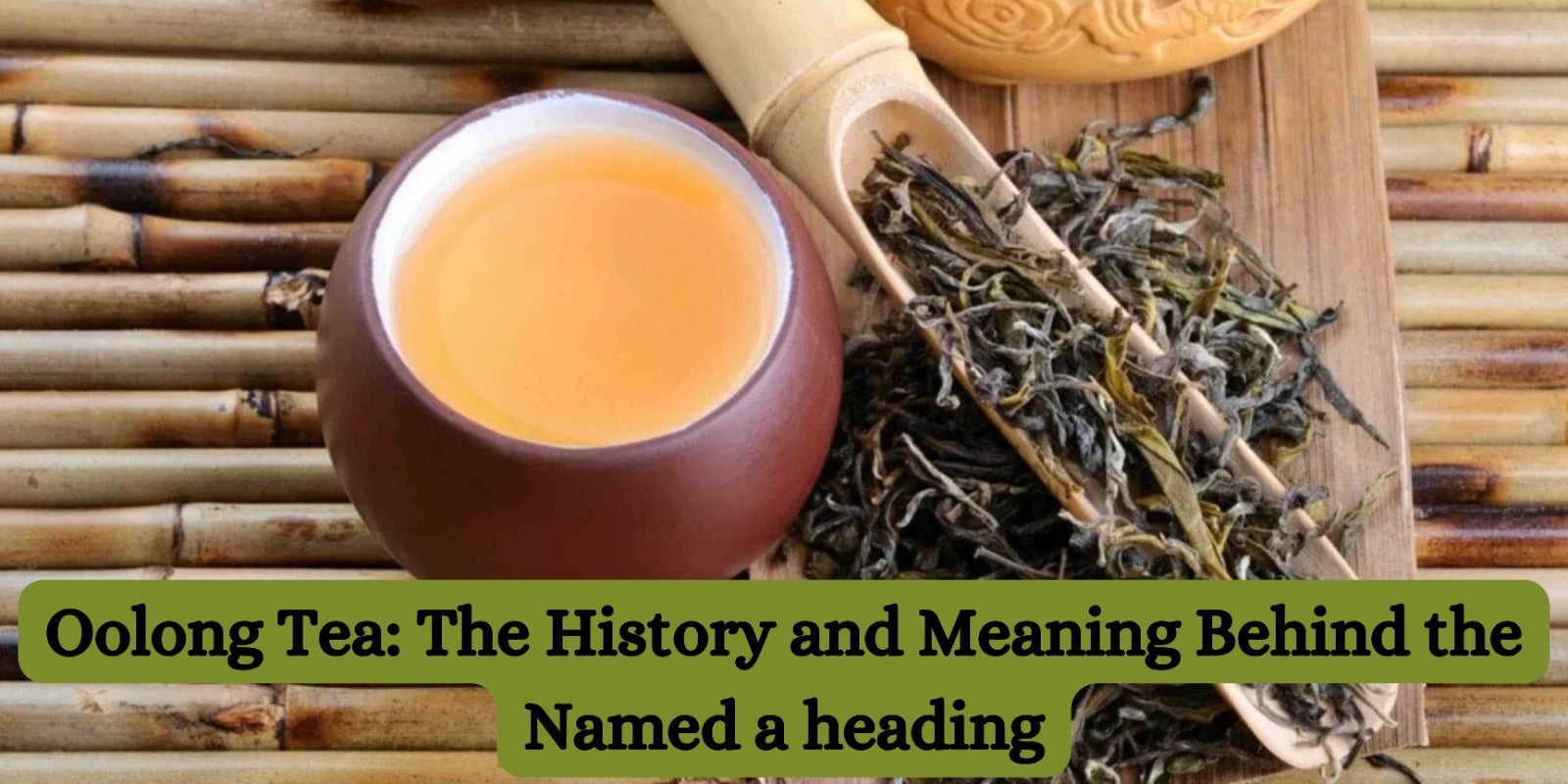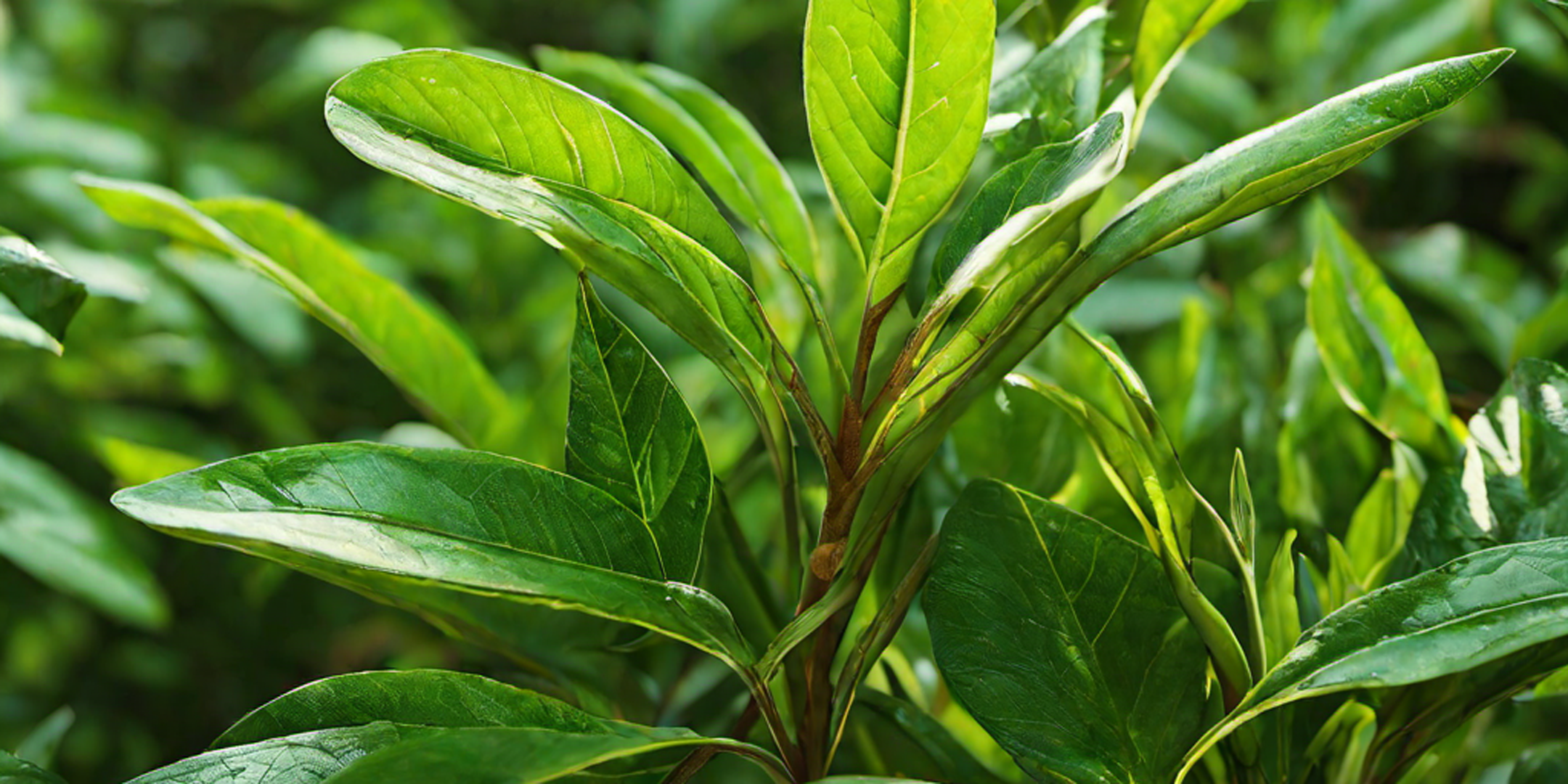Tea gardens are beautiful, lush green spaces where tea plants grow and thrive. However, one of the most important factors in growing high-quality tea is something many people overlook—tree shade. Trees play a crucial role in tea cultivation by protecting tea plants, improving soil health, and enhancing the flavor of tea leaves.
In this blog, we will explore why tree shades are essential in tea gardens and how they contribute to the growth of the perfect cup of tea.
1. Protection from Harsh Sunlight
Tea plants (Camellia sinensis) need a balance of sunlight and shade to grow properly. Too much direct sunlight can stress the plants, causing the leaves to dry out or become weak.
☀ How tree shade helps:
-
Regulates temperature – The shade from trees keeps the tea plants cool, especially in hot summers.
-
Prevents leaf burn – Too much sun can burn tea leaves, reducing their quality.
-
Encourages slow growth – When tea plants grow slowly under shade, their leaves develop richer flavors and better aromas.
Some of the best tea varieties, like Darjeeling tea, are grown in partially shaded conditions, which gives them their unique taste.
2. Helps Maintain Soil Moisture
Tea plants need moist soil to grow healthy and produce high-quality leaves. If the soil dries out too quickly, the plants become weak and produce lower-quality tea.
🌳 How tree shade helps:
-
Prevents water evaporation – The shade reduces the amount of water that evaporates from the soil, keeping it moist for longer.
-
Reduces water stress – Less evaporation means tea plants have enough water to grow properly, even in dry seasons.
This is why shaded tea gardens often require less irrigation, making them more sustainable and eco-friendly.
3. Improves Soil Fertility
Good soil is the foundation of a healthy tea garden. Trees play a big role in keeping the soil rich and fertile.
🍂 How tree shade helps:
-
Fallen leaves act as natural compost – When tree leaves fall to the ground, they decompose and add nutrients to the soil.
-
Prevents soil erosion – Tree roots help hold the soil in place, preventing it from being washed away by rain.
-
Promotes beneficial microorganisms – Healthy soil is full of tiny organisms that break down organic matter and make nutrients available for tea plants.
By improving soil health, tree shade helps tea gardens produce better-quality tea without relying too much on chemical fertilizers.
4. Supports Biodiversity and Eco-Friendly Farming
Tea gardens are not just about tea plants; they are ecosystems filled with birds, insects, and other plants. Tree shade plays a key role in maintaining biodiversity.
🌿 How tree shade helps:
-
Provides shelter for birds and insects – Birds help control pests, reducing the need for pesticides.
-
Encourages pollination – Some trees attract pollinators like bees, which help tea plants grow better.
-
Creates a natural habitat – Many tea estates plant trees that support local wildlife, making tea gardens more environmentally friendly.
Many organic and sustainable tea farms use tree shades to create a more balanced and natural farming environment.
5. Enhances the Quality of Tea Leaves
Did you know that shade-grown tea often tastes better? When tea plants grow under shade, they produce more chlorophyll and amino acids, which improve the flavor and aroma of tea.
🍵 How tree shade helps:
-
Increases the presence of theanine – Theanine is an amino acid that gives tea its natural sweetness and smooth taste.
-
Improves aroma – Slowly grown tea leaves develop richer and more complex flavors.
-
Creates premium tea varieties – Some of the world’s best teas, like Gyokuro (Japan) and shaded Darjeeling teas, owe their unique taste to shaded growing conditions.
This is why many tea gardens use shade trees to improve the flavor and quality of their tea leaves.
Best Trees Used for Shade in Tea Gardens
Not all trees are suitable for providing shade in tea gardens. Farmers carefully select trees that offer the right amount of shade without competing too much for nutrients. Some commonly used trees include:
🌳 Silver Oak (Grevillea robusta) – Popular in Indian tea gardens, it provides light shade and adds organic matter to the soil.
🌿 Albizia Trees – Used in Sri Lanka and Assam tea gardens, these trees provide moderate shade and help fix nitrogen in the soil.
🌲 Acacia Trees – These trees help retain soil moisture and prevent erosion.
Tea estates carefully manage these trees to ensure that the right balance of shade and sunlight reaches the tea plants.
Conclusion
Tree shade is an essential part of tea gardens, helping to protect plants, conserve moisture, improve soil health, and enhance tea quality. Without tree shade, tea plants would struggle to survive in harsh conditions, leading to lower yields and poor-quality tea.
As tea lovers, we often think about the taste, aroma, and benefits of tea, but it’s important to appreciate the natural processes that make it possible. The next time you sip on a cup of tea, remember the role that trees play in bringing you that perfect brew! 🌱☕
Would you like to try tea grown in eco-friendly, shaded tea gardens? Check out Uphaar Tea for premium-quality, naturally grown teas!




